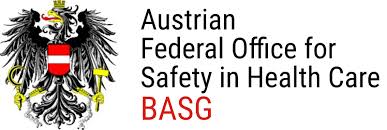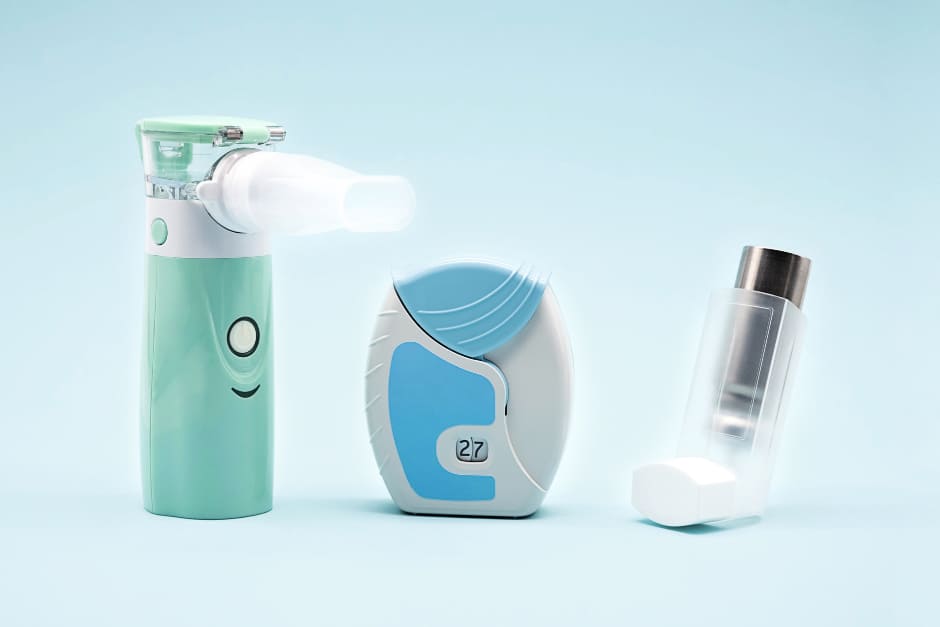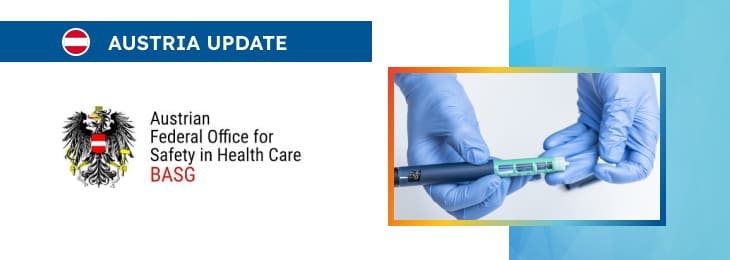The article provides a general overview of the regulatory framework for combination products applicable in the EU in general and in Austria specifically.

Table of content
The Austrian regulating authority in the sphere of healthcare products (BASG) has published a notice dedicated to the regulatory requirements for drug-medical device combination products. The document provides a brief overview of the applicable legislation, as well as additional clarifications and recommendations to be taken into consideration by manufacturers and other parties involved in order to ensure compliance.
Overview of Regulatory and Guideline Framework for Drug-Device Combinations in the EU
The marketing of medicinal products increasingly involves their combination with medical devices or medical device components, often to facilitate the administration of the drug. These products, known as drug-device combinations, operate within a specific regulatory framework in the European Union (EU).
The EU’s approach to the regulation of these products is based on several key legislative instruments, guidelines, and recent regulatory developments. The present notice published by BASG outlines the legal framework for drug-device combinations, the role of the EU Medical Device Regulations, and the requirements for marketing approval for these products, with particular emphasis on the European Medicines Agency (EMA) guidelines and classification considerations.

EU Regulatory Framework
Under the general rule, drug-device combinations are governed by a combination of the EU Medical Device Regulation (MDR), which is formally known as Regulation (EU) 2017/745, and the In Vitro Diagnostic Medical Device Regulation (IVDR), Regulation (EU) 2017/746. Once introduced, these two regulations have fundamentally improved the legal landscape for medical devices in the EU.
Medical Device Regulation (EU) 2017/745
The MDR came into force on May 26, 2021, replacing two previous directives: the Medical Device Directive (93/42/EEC) and the Active Implantable Medical Devices Directive (90/385/EEC). This regulation governs medical devices, ensuring their safety, quality, and performance in the market.
In Vitro Diagnostic Regulation (EU) 2017/746
The IVDR, which has been in effect since May 26, 2022, supersedes Directive 98/79/EC. It governs in vitro diagnostic devices (IVDs), regulating products that are used for diagnosing diseases or other conditions.
Together, these regulations have created a unified legal framework for the development, marketing, and surveillance of medical devices in the EU. This has implications for drug-device combinations, particularly when it comes to quality standards, safety evaluations, and marketing approvals.
Article 117 and EU Medicinal Product Legislation
A crucial provision relevant to drug-device combinations is Article 117 of the MDR. This article amends EU Directive 2001/83/EC, which governs medicinal products, by introducing specific documentation requirements for integral drug-device combinations. These combinations are products where a medicinal product and a medical device are combined in such a way that the medical device is necessary for the administration of the medicinal product.
Under Article 117, applicants seeking marketing authorization for a medicinal product that incorporates a medical device must submit documentation to demonstrate that the device meets the relevant requirements of the MDR.
This may include:
- A declaration of conformity from the manufacturer of the device.
- CE certification or a notified body assessment, depending on the risk classification of the medical device component.
For drug-device combinations where the drug is the principal mode of action, the medicinal product falls under the EU’s medicinal product regulations, specifically Directive 2001/83/EC or Regulation (EC) No. 726/2004. However, the medical device component still requires a conformity assessment under the MDR.
This is particularly relevant for products such as pre-filled syringes, drug-eluting stents, or inhalers, where the device plays an integral role in the delivery of the drug.
EMA Guidelines on Drug-Device Combinations
In addition to the MDR and IVDR, the European Medicines Agency (EMA) has issued specific guidelines that outline the quality requirements for drug-device combinations. These guidelines aim to provide clarity for manufacturers and applicants on the necessary documentation and evaluation processes.
EMA Guideline on Quality Documentation
The “Guideline on Quality Documentation for Medicinal Products When Used with a Medical Device” (EMA/CHMP/QWP/BWP/259165/2019) is a key document in this regard. It came into effect on January 1, 2022, and provides detailed guidance on the technical documentation that must be submitted for marketing authorization.
The guideline specifies that manufacturers need to provide comprehensive quality data on both the medicinal product and the medical device component, including:
- Design and functionality of the device.
- Risk assessments related to the interaction between the drug and the device.
- Evidence of compliance with the MDR, especially concerning the safety and performance of the medical device component.
EMA Q&A Document
The EMA has also published a “Questions & Answers” document (EMA/37991/2019), which addresses practical questions from applicants and marketing authorization holders regarding the implementation of the MDR and IVDR. This document provides valuable guidance for companies navigating the complex regulatory requirements for drug-device combinations.
It covers topics such as the interaction between medicinal products and medical device legislation, the roles of notified bodies, and the timing of conformity assessments.
Packaging Systems as Medical Device Components
One important aspect of drug-device combinations is the classification of packaging systems that include medical device components. In certain cases, the primary packaging of a medicinal product may be considered a medical device component, which means that the entire packaging system must comply with the MDR.
Classification of Primary Packaging
According to the MDR, any part of the primary packaging that has a medical function is classified as a medical device.
This is particularly relevant for combination products where the packaging plays a role in the administration of the drug, such as:
- Multi-dose containers for eye drops (e.g., bottle, dropper, and cap).
- Multi-dose nasal sprays (e.g., bottle, spray actuator, and cap).
- Pressurized inhalers (e.g., pressure chamber, valve, mouthpiece, and cap).
These examples illustrate how integral components of the packaging can be classified as medical devices under the MDR. Consequently, they require a conformity assessment and compliance with the relevant device regulations.
Manufacturers must ensure that these components meet the necessary safety, quality, and performance standards as set out by the MDR.
Conclusion
In summary, the regulatory landscape for drug-device combinations in the EU is complex, requiring manufacturers and applicants to navigate both medicinal product and medical device legislation. With the implementation of the MDR and IVDR, the legal framework governing these products has been significantly restructured. Article 117 of the MDR introduces additional documentation requirements for integral drug-device combinations, while the EMA’s quality guidelines provide further clarity on the necessary documentation and evaluation processes.
Manufacturers of drug-device combinations must ensure that both the medicinal product and the medical device component meet the required regulatory standards, including conformity assessments for medical devices, in order for their products to be allowed for marketing and use within the EU.
How Can RegDesk Help?
RegDesk is an AI-powered Regulatory Information Management System that provides medical device companies with regulatory intelligence for over 120 markets worldwide. It can help you prepare and publish global applications, manage standards, run change assessments, and obtain real-time alerts on regulatory changes through a centralized platform. Global expansion has never been this simple.

